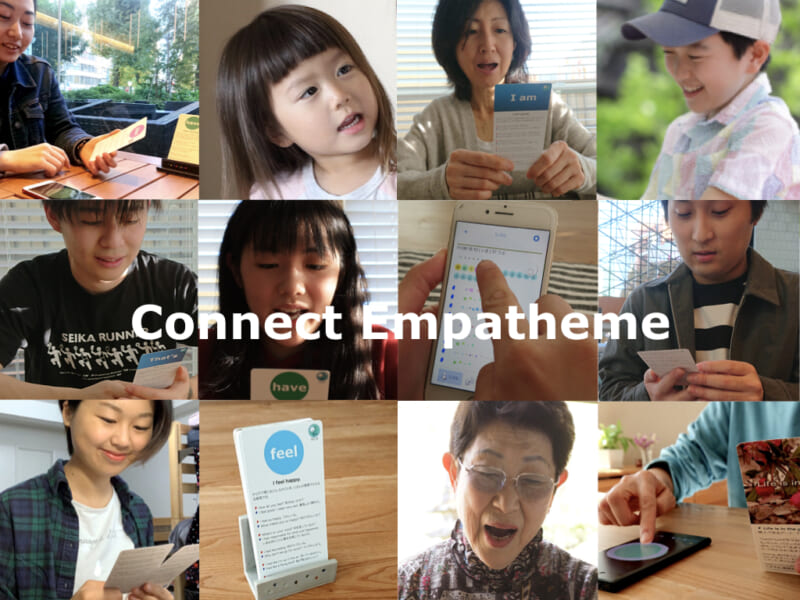What is Mi Pra?
Based on Empatheme Method, Mi Pra helps, encourages, and inspires you to practice micro-actions seamlessly every day.
Practice CELORAS:

Based on Empatheme Method, Mi Pra helps, encourages, and inspires you to practice micro-actions seamlessly every day.
Practice CELORAS:
Mi Pra creates a system composed of micro-actions. Following the Empatheme method “CELORAS,” you can create a calm moment in a natural flow and make this system your everyday cycle. Your daily practice will eventually create a path that encourages others who practice as well. Empatheme becomes a system that visualizes, records, and reflects your micro-actions and allows you to share them with others.
Countless books are there to teach you how to effectively build a habit. Have you ever succeeded by only enjoying reading them? We doubt you have.
Your motivation and strong will are ephemeral. What you actually need is the support and environment that help you create a system that continues without effort.
You don’t “make” a habit. A habit is “born” from your daily micro-actions that creates a long-lasting path. It’s very important that you engage yourself in this system.
 Mi Pra Is The Right Environment For Your Practice
Mi Pra Is The Right Environment For Your PracticeAll habit-making processes share a fundamental aspect: the physical movement (and not a mere learning from words of wisdom).
As practice goes on, you won’t be as energized as you were at the beginning.
Mi Pra provides you with the environment, tool, method, and opportunity to help one another all in one for free.
You are living in a busy life, full of technology. Mi Pra asks you to give away only five minutes of your day.
Repeating and reflecting are the essence of practicing. You just need to let yourself practice over and over again and reflect on it each time. You will also feel your progress by sharing it with others.
Nothing is difficult. Your song desire for good results and goal achievements will sometimes undermine your practice. All you need to do is to follow a natural flow and avoid thinking about the result.
Emaptheme is a patented invention that helps you turn your system of small actions into a lasting practice.
It creates a sequence of calm moments in a natural flow, which becomes the foundation of your system.
Download the Empatheme app and create an account!
Please try it out first with the guide.
Just relax. Sit quietly. Then your practice will begin.
Your practice is not trivial at all; it can support your community and connect the world.
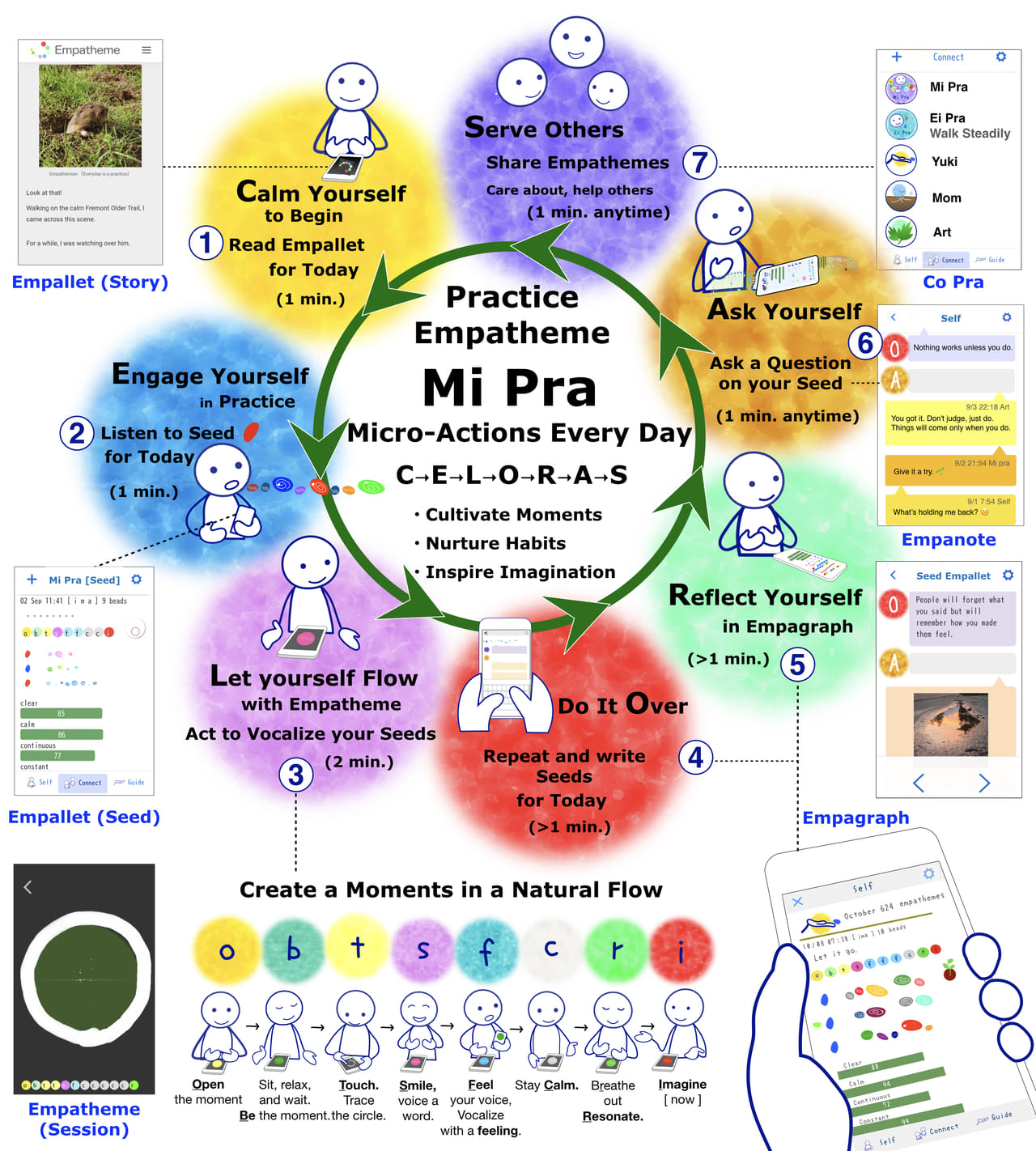
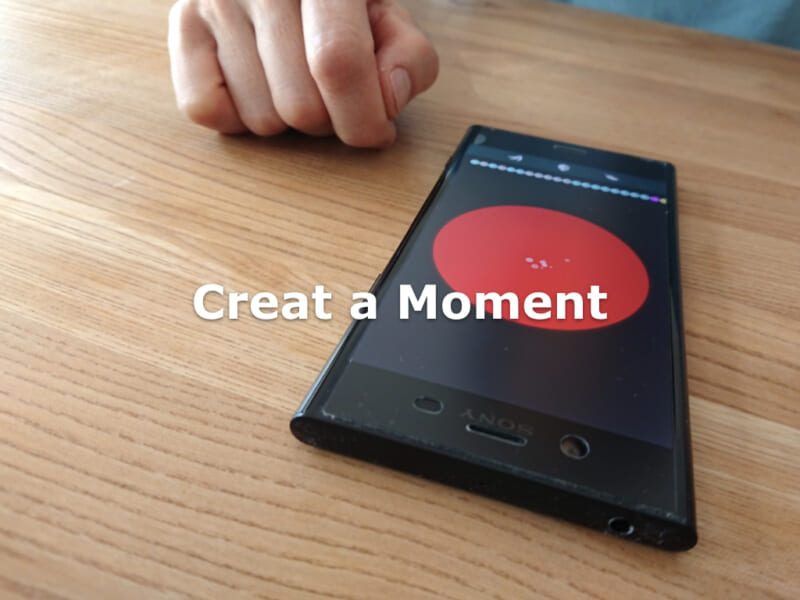
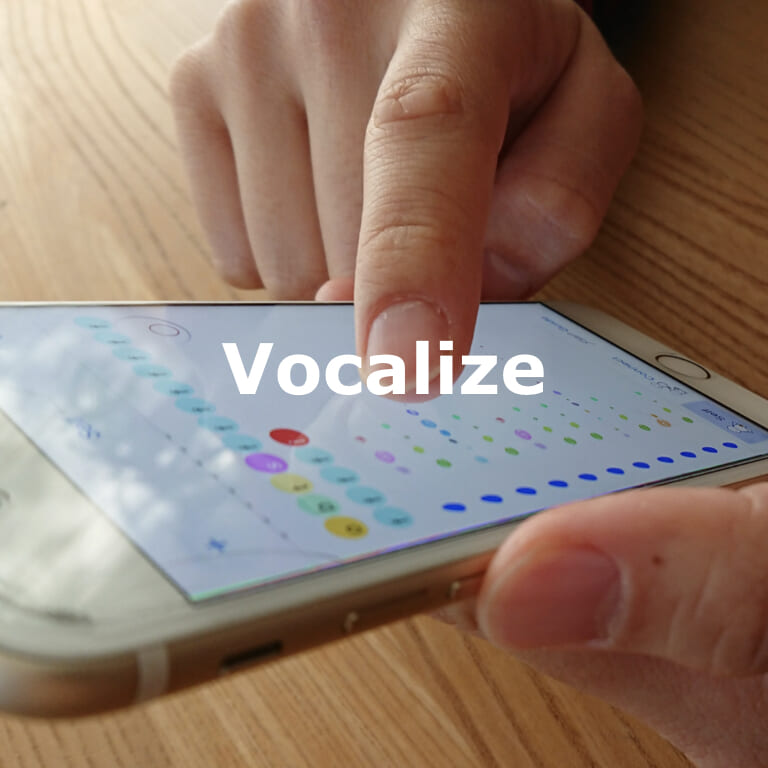
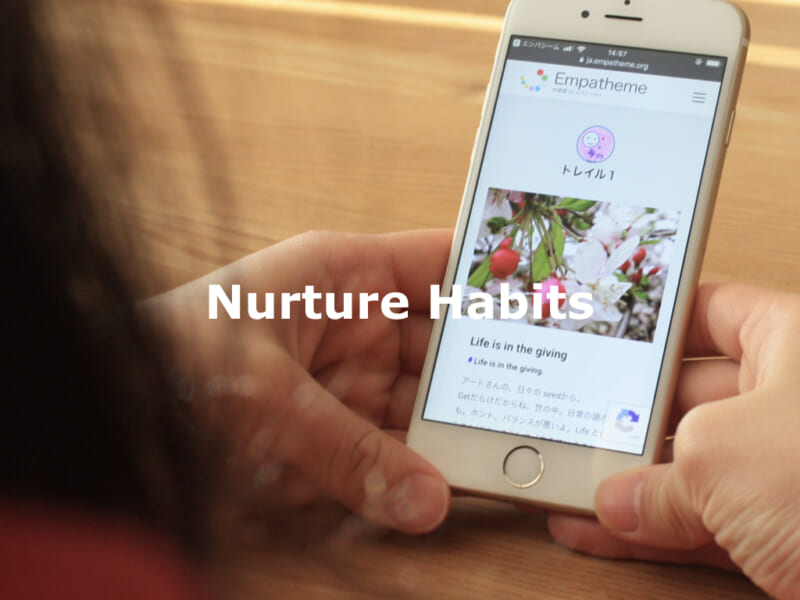
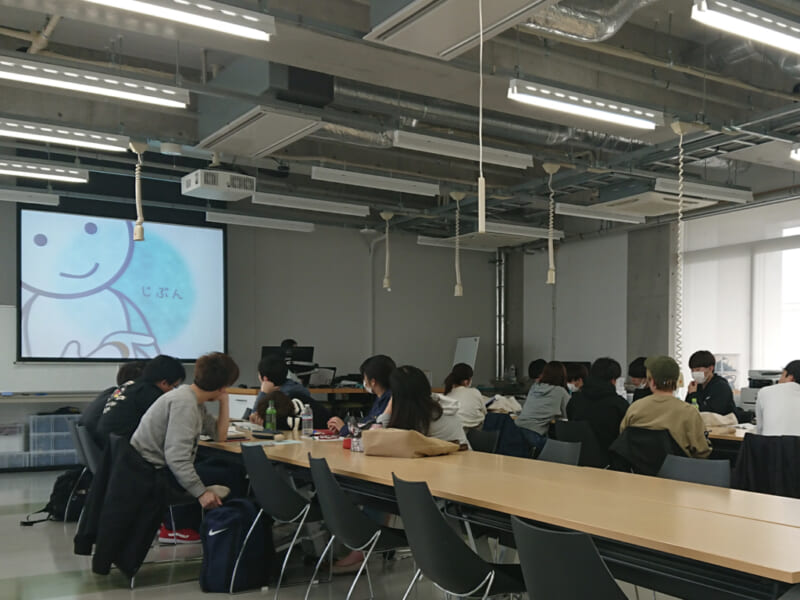
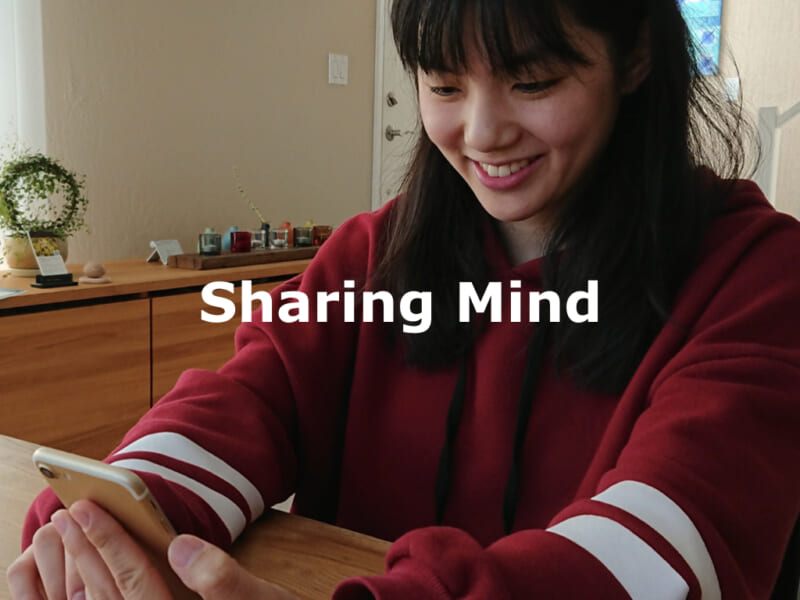
Empatheme Energizes Practice
Ei pra allows everyone to support each other’s English practice using Empatheme. With anyone you’d like to practice with, join the “Walk Together” to share your practice experiences and support each other.
You can see their seeds in your “Connection” of the Empagraph. You don’t need to do anything special. Stay focused on your practice, and feel the people who are practicing along with you too. Empathy arises when there is a comfortable distance.Don’t try gaining anything from others. Instead, try giving a few moments of yours to them and speak up a few seeds. Being thoughtful to others brings along small thoughts to yourself, easing your self-judgment.
We are captive of pressuring ourselves, telling ourselves that we must “do better” and “work harder.” But a mind filled with those self-centered pressures does not help your practice. Instead, a small act of giving your time and sharing your voice will prevent inaction because you have your self-created barrier.How Seed-by-Seed Sharing Works
You can share your seeds with others and exchange some words for talking about them. This conversation is different from SNS. It’s instead an act of snuggling up to each other through the seeds planted by their practices. Then, share inspirations you drew from the seeds. Sharing the same experience of looking back on the seeds is a powerful practice. It reproduces the dialogue in your mind, strengthening the ties of the words in yourself.Share Trail Experiences
You can also interact with people walking along the Ei pra Trail and share your seed experiences. Ei pra serves as a community where participants can walk the Trail together. Ei pra will be an excellent place to learn for everyone, from a learner to a teacher and supporter, through their interactive support.
